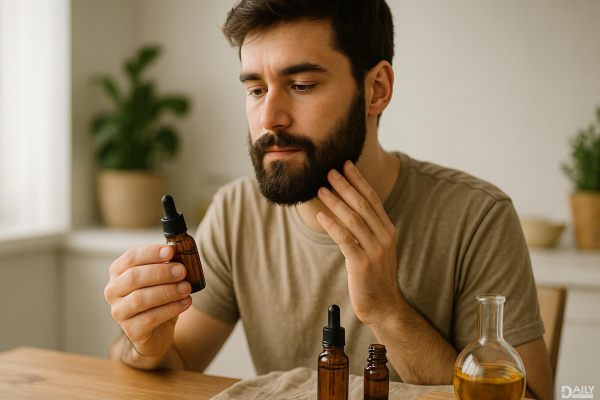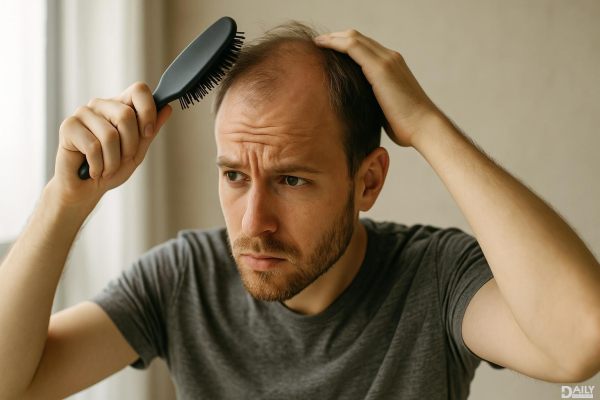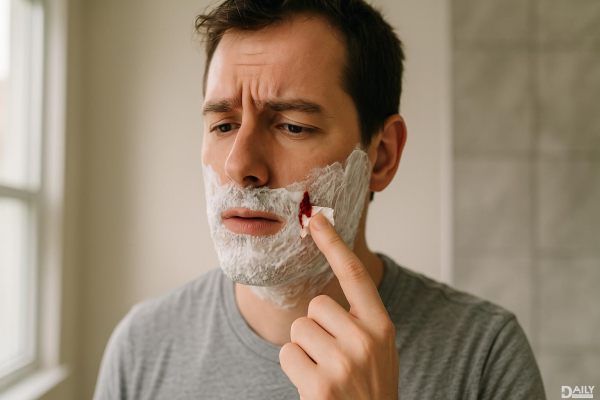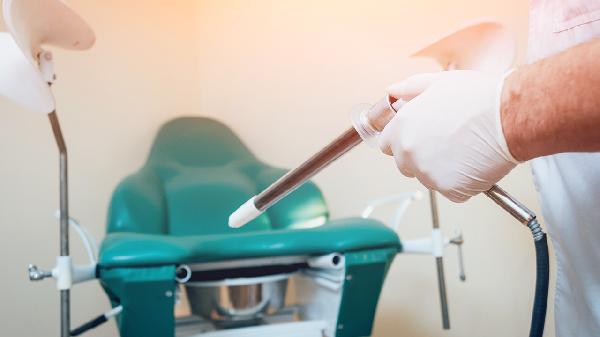Want a thicker beard? You're not alone—most guys dream of that full, rugged look, but genetics and slow growth can be major buzzkills. The good news? You don’t need expensive salon treatments or sketchy supplements. A simple, all-natural beard oil made at home can seriously level up your facial hair game by nourishing the follicles, reducing itchiness, and giving your beard that healthy, thick appearance you’ve been chasing.

Before we dive into recipes, let’s talk about why beard oil works. Your facial hair thrives when the skin underneath is healthy—dry, flaky skin leads to weak, patchy growth. Beard oil mimics your skin’s natural sebum, keeping follicles hydrated and reducing breakage. Essential oils like peppermint and rosemary have even been shown to stimulate blood flow to hair follicles, which can encourage thicker growth over time. Plus, a well-moisturized beard just looks fuller because each strand is stronger and less prone to split ends.
Not all oils are created equal. For the best results, you’ll need a mix of carrier oils (the base) and essential oils (for fragrance and extra benefits). Jojoba oil is a superstar—it’s lightweight and closely resembles human sebum. Argan oil is another great pick, packed with vitamin E to soften hair. For essential oils, try cedarwood for a woodsy scent and potential DHT-blocking properties (a hormone linked to hair loss) or lavender for its calming, anti-inflammatory effects. Pro tip: Skip coconut oil if you’re prone to acne—it’s comedogenic and can clog pores.
For beginners, start with this basic blend: 1 oz jojoba oil, 1 oz argan oil, 5 drops rosemary oil, and 3 drops peppermint oil. If you’re dealing with itchiness, swap peppermint for tea tree oil—it’s a natural antiseptic. For a darker beard, some guys swear by adding a few drops of black seed oil, which has been linked to hair pigmentation. And if you want a Viking-worthy scent? Mix in cedarwood, sandalwood, and a hint of vanilla. Just remember: Essential oils are potent, so never exceed 10–12 drops total per ounce of carrier oil to avoid irritation.
Timing matters—apply oil right after a warm shower when your pores are open. Use a dropper to dispense 3–5 drops (more for longer beards), rub it between your palms, and work it into the skin first, then through the hair. Comb it through to distribute evenly. Overdoing it can make your beard look greasy, so start small. For best results, use it daily, especially in dry climates or winter months when skin tends to get parched.
First, don’t skip the patch test—dab a bit of your mix on your wrist and wait 24 hours to rule out allergies. Second, avoid using straight essential oils (they’ll burn your skin). And don’t expect overnight miracles—consistency is key. Some guys quit after a week, but beard growth cycles take months. Stick with it, and you’ll notice less shedding, softer hair, and eventually, a denser look. Bonus tip: Pair your oil routine with a boar-bristle brush to exfoliate the skin and spread natural oils evenly.
Growing a thicker beard isn’t just about patience—it’s about giving your hair the right tools to thrive. DIY beard oil puts you in control, letting you customize ingredients for your skin type and goals. Plus, there’s something satisfying about crafting your own grooming products instead of relying on overpriced, chemical-laden store buys. So grab those oils, mix up a batch, and get ready to transform your scruff into something worthy of a double-take.
























